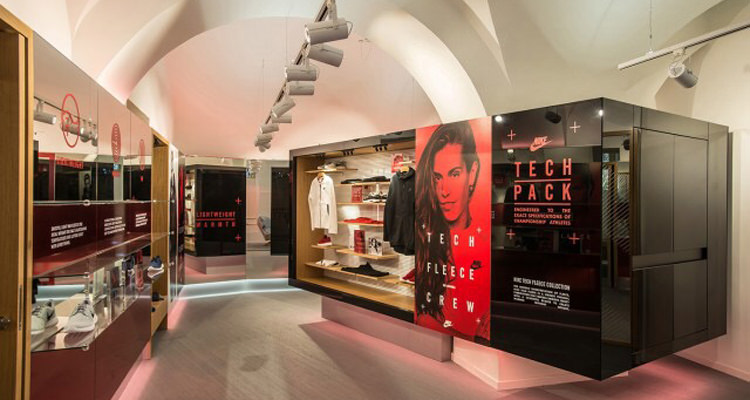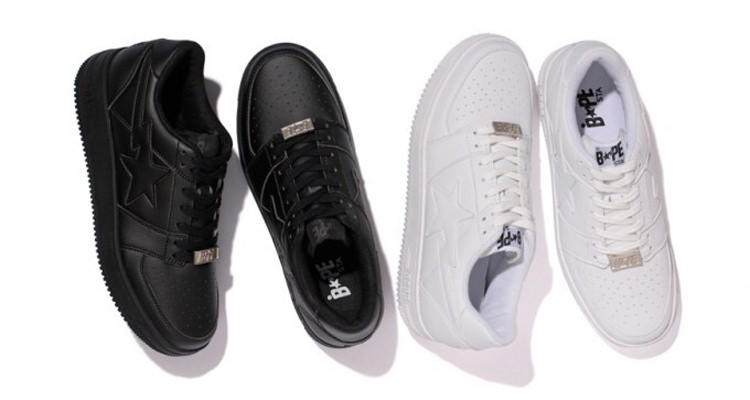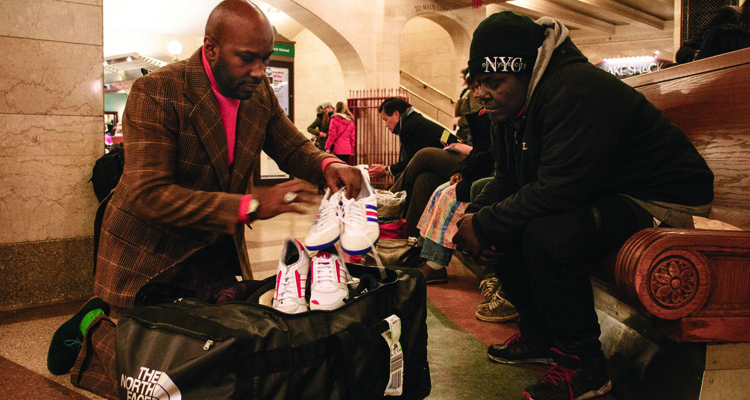This post may contain affiliate links. Please read our disclosure policy.
There was a time when the Converse All Star was the premier performance sneaker available. In the decades since, technological advancements and multi-million dollar endorsement deals have changed the basketball shoe market forever. As prices continue to rise, hoopers, collectors and enthusiasts have had to reach deeper into their pockets to get the shoes they want.
In the article that follows, we examine the situation that all of us face every time we walk out of a sneaker shop and on to the hardwood. At one point do you separate collectible from playable? Using Nike’s current lineup as a scale, we look at the advantages of either pricing down for economical reasons or pricing up for performance, and invite you to look inwardly at how you decide which basketball sneakers to buy.
No doubt about it–Holiday 2009 has proven to be a big time for basketball sneakers. 4 Jordan releases in about two month’s time has meant lines have been long and funds short. The Jordan 11 and 12, two of the best performance basketball shoes ever made, will release.
The most questionable element of the above sentence? Performance.
Since Jordan’s retirement, and even during it, demand and prices have continued to grow for his prized signature shoes. And rightfully so–he was the best ever, and his shoes changed the way we look at our shoes generations later. But at what point did we forget what these sneakers we spend hundreds, and sometimes thousands, of dollars on are designed to be the best performing sneakers to ever be played in?
Looking specifically at the Air Jordan 11, and today’s “Space Jam” release, why is it that few, if any, pairs will actually be played in at your local pickup game level. Thought the 11 was created with now-15 year old technology, it is still a very high performance sneaker. Why is it that so few will be used for the original purpose? Price? Nostalgia? Rarity?
With a retail price of $160, the Air Max LeBron VII is more expensive than 3 of the 4 Holiday Jordan Retro releases, and was designed for one of the most physically-demanding players in the history of the NBA. They also won’t be release in limited numbers like the Jordans. If you are an active pickup basketball player, is it worth $160 to have high-level performance shoes? Their life becomes drastically shorter than if you wear them casually, of course, but isn’t that their purpose? Will they perform better than Al Harrington’s $35 K-Mart Protege sneaker? Definitely. But the real question is, will they perform $125 better?
This is where each sneakerhead and hoops player has to draw his or her own line on when a pair of basketball performance shoes becomes too expensive to play in, and at what point are shoes too cheap to perform up to par? Outlet sneakers may not be as pretty or new as some players’ choice shoes, but often times, only a few months or years before, they were the newest thing out and going for full retail.
Obviously, looks and endorsements come in to play when we all make our decisions. The Foamposite One, for instance, was not only one of the most expensive retail sneakers at its original release, it was one of the lightest and best styled. Some bought it for its exclusivity, other for its performance capabilities, and others for its looks. And despite its performance capabilities, it’s probably safe to assume that not many pairs from the most recent Eggplant retro release made it on to the pickup courts.
Consider Kevin Durant’s approach. He signed with Nike out of Texas under the agreement his signature shoe would cost no more than $90. At that price point, the KD1 still possessed Zoom technology, patent leather and original colorways. Consider that the Zoom Kobe IV also used Zoom technology, but the addition of Flywire and Kobe’s pedigree jumped the price $50.
Let’s look now at Nike’s 2009 basketball lineup. At $90, the Blue Chip II is the cheapest widely-available new or revamped silhouette. At $160, the LeBron is the most expensive. Going off a pure performance basis, is the LeBron $70 better? Add in some price justification for the LBJ VII’s good looks compared to the plain styling of the BCII. Remove LeBron’s endorsement and influence, and consider which feature is the one that justifies the price difference. Is it the full-length Air Max? The Flywire? Do your best to look at each sneaker first for its on-court abilities, and then look separately at the other advantages and disadvantages.
Each of us must decide our own point of sacrifice for both price and benefits. For some, the on-court performance of the Blue Chips will prove sufficient, while others will willingly spend the extra money and play ball in the LeBrons, Kobes and even Jordans. We encourage readers to make their own choices when picking out court shoes and to always consider their intentions for the shoes they buy, whether they’re Proteges, or retro Jays.



